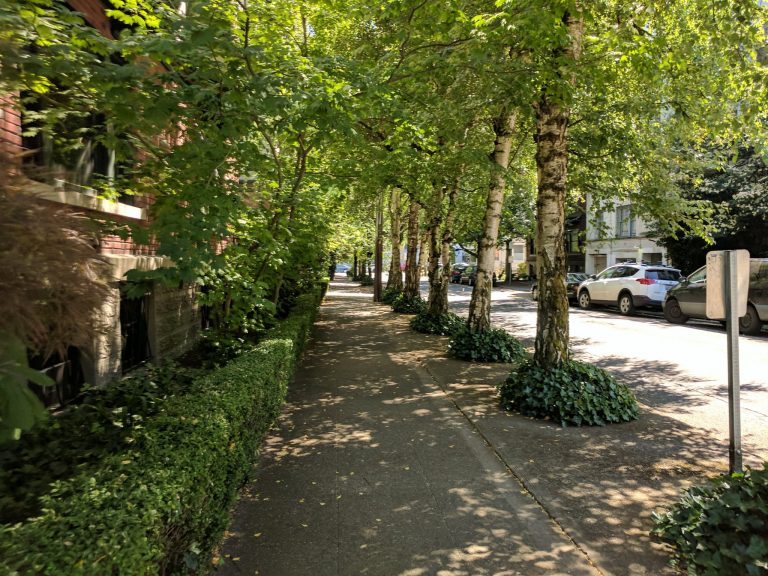Published on June 29, 2021

Areas of King County with more paved landscapes and less tree canopy are feeling the heat more intensely than less urbanized areas, according to a new study from King County and the city of Seattle.
More urbanized areas were as much as 20 degrees hotter due to an abundance of hard surfaces like parking lots, rooftops and streets which absorb heat, according to the study. Many of the areas disproportionately impacted by heat in King County are the same areas that have been disproportionately impacted by COVID-19.
To collect the results, volunteers helped King County and the City of Seattle record more than 110,000 temperature measurements at three different times of the day during one day of extreme heat in July 2020.
Hotter temperatures increase the risk of illness and death from heatstroke and heart disease. King County sees an increase in emergency medical calls, hospitalizations and death during hotter temperatures, researchers at the University of Washington found.
Heat-related health risks are made worse by existing inequalities in housing and access to healthcare, according to the study. Older adults, the very young, pregnant women, people who work outdoors, people who are unhoused and people who have chronic medical conditions are the most at risk.
In this opinion article, Nives Dolsak, Director of the University of Washington School of Marine & Environmental Affairs, and Aseem Prakash, Professor of Political Science and Director of the Center for Environmental Politics, describe how trees can be used to cushion urban areas from heatwaves and how to address the canopy gap.
Originally written by Helen Smith for King5.